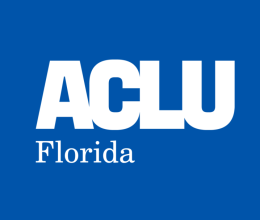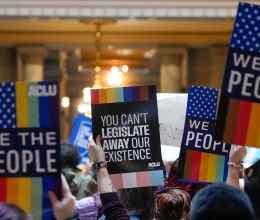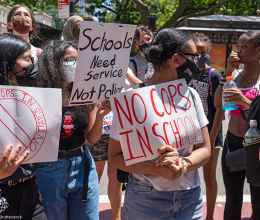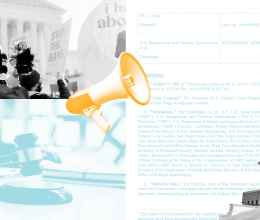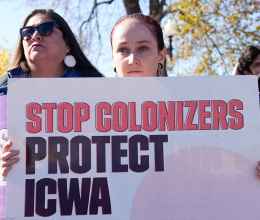
School climate must be prioritized
- How school safety measures are implemented will affect school climate.
- Academic achievement and positive behaviors increase in school environments where students and staff feel physically and emotionally safe, connected, fairly treated, and valued. [1]
- GPA affects subsequent delinquency.[2]
- Schools that do not make climate a priority often rely heavily on removing at-risk students.
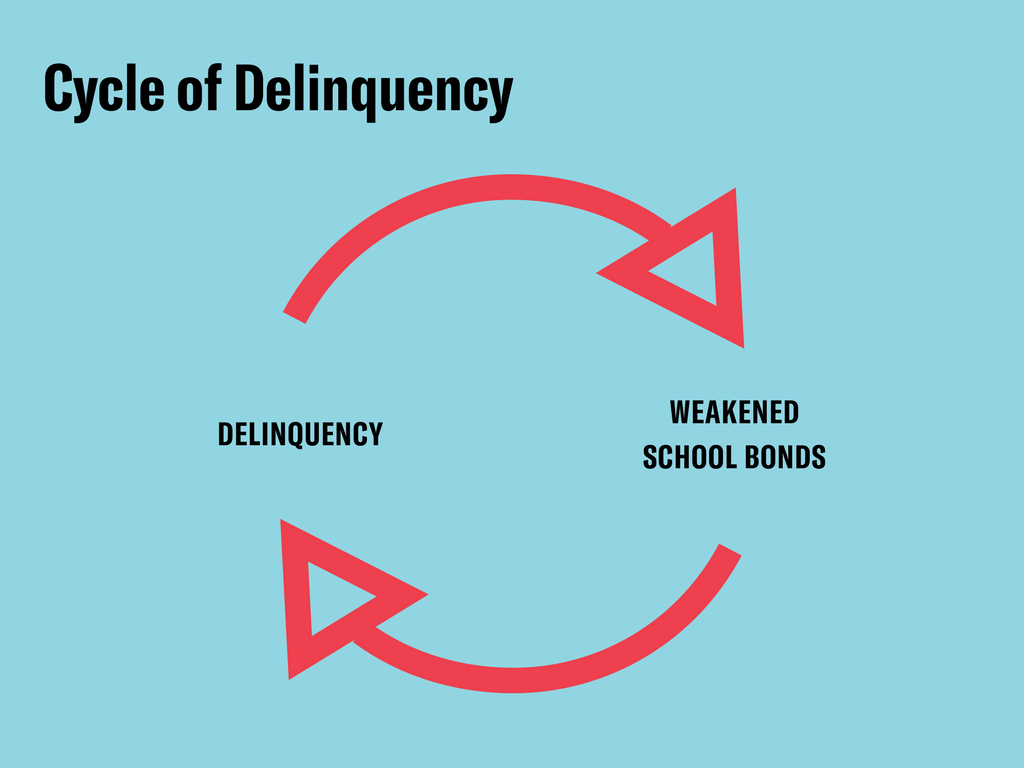
Authoritative discipline balances strict rules with warm support.
- An authoritative school climate, which combines strict but fair rule enforcement with a high level of support (e.g., warmth, praise, and respect) improves school safety.[3]
- Authoritative discipline also reduces peer victimization.
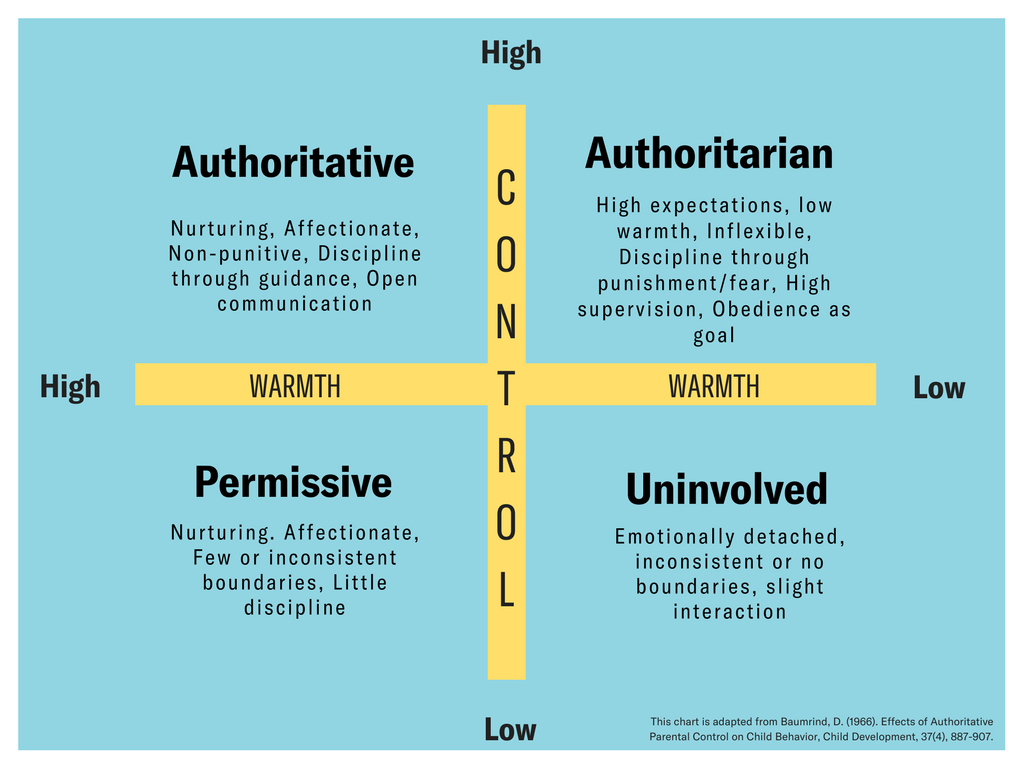
Law enforcement embedded in schools erodes school climate
- School Resource Officers increase suspensions, school-based arrests and court referrals.[4]
- School hardening measures, like metal detectors, and greater police presence in schools cause staff, students and families to feel less welcome and are not conducive to learning.[5]
- Schools reliance on law enforcement for discipline reduces the interaction between students and supportive staff, such as guidance counselors.
School counselors improve school climates
- Lowering the student-to-counselor ratio reduces the number of students involved in disciplinary incidents and the likelihood of repeated offenses, especially for minority and low-income students.[6]
- Adding one counselor to an elementary school can reduce the misbehavior of both boys and girls by roughly 20% and 29%, respectively, and improve boys’ test scores.[7]
- Counselors focus on addressing students’ unmet needs and addressing root causes of misbehavior.
- Counselors are skilled at helping educators design academic and behavioral interventions.
- Helping administrators design and implement comprehensive mental health strategies and improve school climate.
Invest in Counselors, not Cops
- Approximately 200 Florida schools do not have a counselor.[8]
- The counselor to student ratio, which is nearly double the recommended ratio, has grown by 9% over the last 10 years.[9]
- In the 2016 school year, students had a better chance of getting a cop’s attention at school than a social worker’s or psychologist’s.
[1] Emily Morgan, et. al., THE SCHOOL DISCIPLINE CONSENSUS REPORT: Strategies from the Field to Keep Students Engaged in School and Out of the Juvenile Justice System, The Council of State Governments Justice Center (2014), available online at https://csgjusticecenter.org/youth/school-discipline-consensus-report/
[2] Hirschfield (2018).
[3] Paul J. Hirschfield, Schools and Crime, Annual Review of Criminology 2018 1:1, 149-169, available online at https://www.annualreviews.org/doi/abs/10.1146/annurev-criminol-032317-09...
[4] Id.
[5] Morgan (2014).
[6] Carrell, Scott, and Susan Carrell, Do lower student to counselor ratios reduce school disciplinary problems? Contributions to Economic Analysis and Policy 5 (1): 1463 (2006).
[7] Carrell, S. E., & Hoekstra, M. L. (2011). Are school counselors a cost-effective education input? Economics Letters, 125, 66–69.
[8] OPPAGA 2015
[9] National Association for College Admission Counseling (NACAC) and the American School Counselor Association (ASCA), State-By-State Student-To-Counselor Ratio Report (2015), available online at https://www.nacacnet.org/news--publications/Research/state-by-state-stud...
